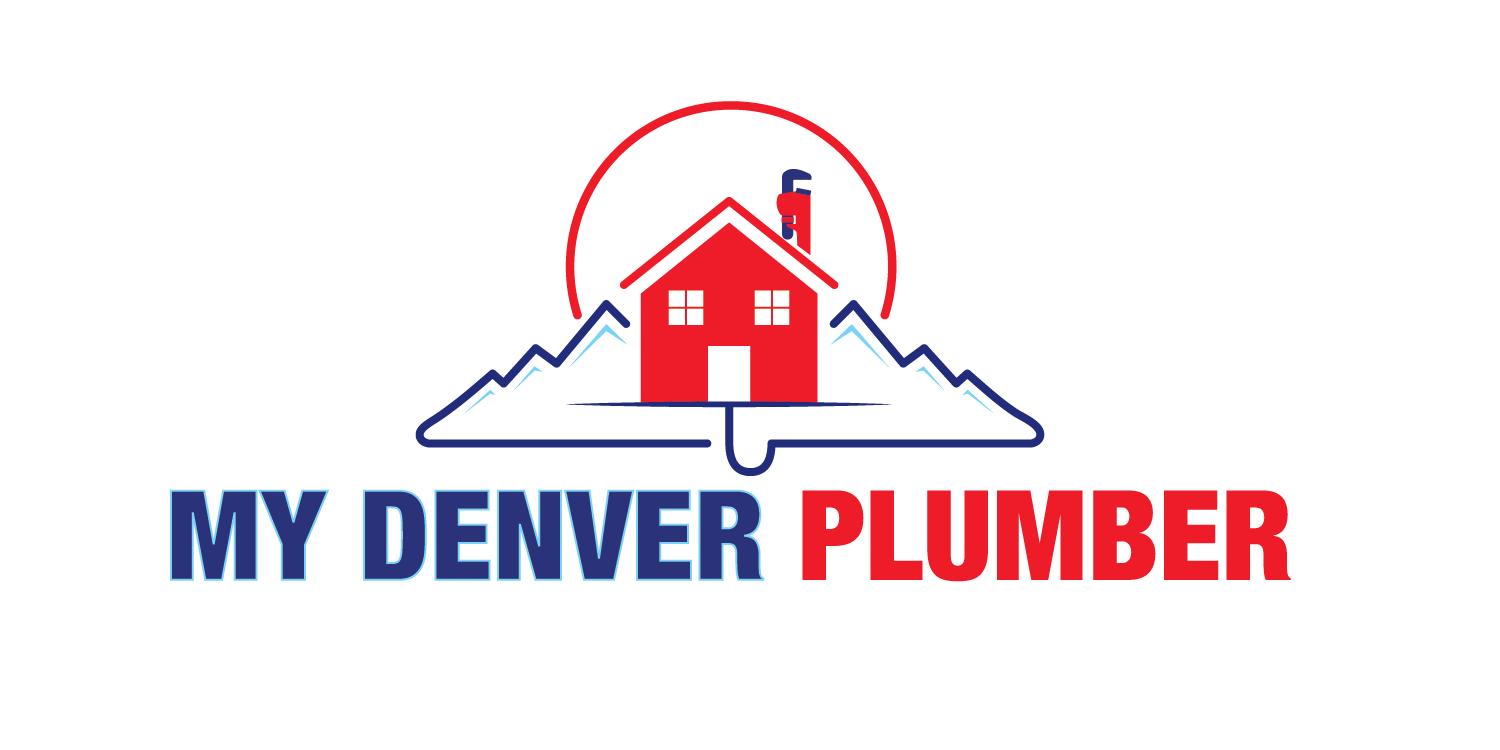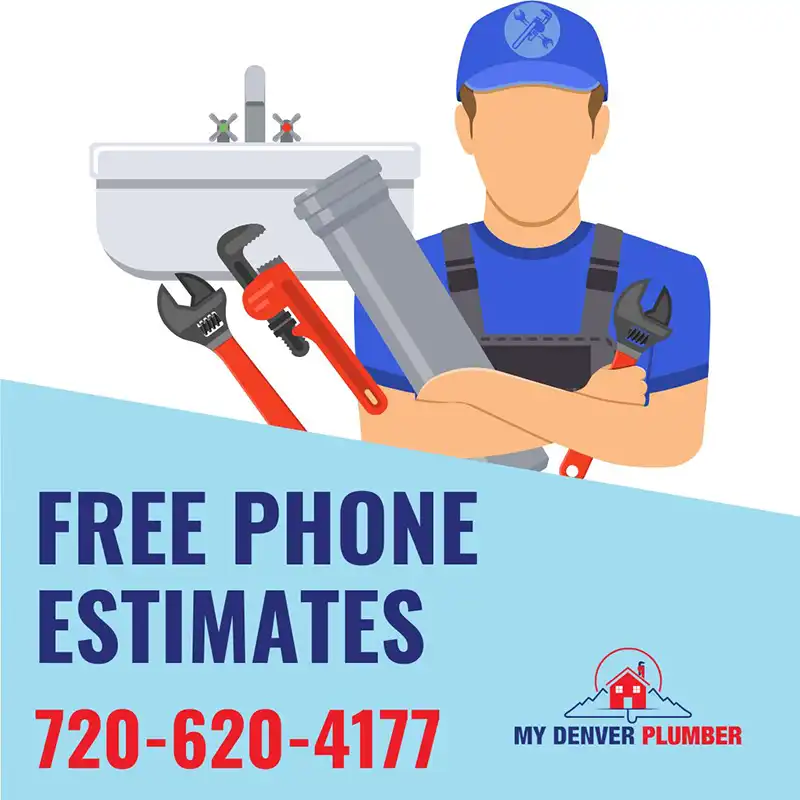Spring is a time of renewal and growth, and as the temperatures rise, it’s also time to get your sprinkler system up and running. A well-maintained sprinkler system is crucial for a lush, green lawn and a thriving garden. Starting up your sprinklers in the spring involves more than just turning on the water; it requires a series of steps to ensure the system is functioning correctly and efficiently. This guide will walk you through the process, offering do-it-yourself tips and highlighting when it’s best to call in a professional.
Step-by-Step Guide to Starting Up Your Sprinklers
1. Inspect Your System
Before turning on your sprinkler system, conduct a thorough inspection. Check for visible damage to sprinkler heads, valves, pipes, and the control panel. Look for cracks, leaks, or signs of wear and tear that might have occurred during the winter months. Ensure that all components are free of debris and obstructions.
DIY Tip: If you notice minor issues like clogged nozzles or small cracks, you can often fix these yourself with basic tools. Cleaning out nozzles with a small wire or replacing damaged ones with compatible parts can prevent more significant problems later.
2. Check the Backflow Preventer
The backflow preventer is a crucial component of your sprinkler system, designed to keep contaminated water from entering your clean water supply. Inspect this device for any visible damage or leaks. Make sure the valves are closed before turning on the water supply.
DIY Tip: If your backflow preventer appears damaged, it’s advisable to call a professional. This device is critical for maintaining safe drinking water, and improper handling can lead to contamination.
3. Slowly Open the Main Water Valve
When you’re ready to introduce water into the system, do so slowly. Opening the main water valve too quickly can cause a surge of water pressure that may damage pipes and sprinkler heads. Gradually open the valve and let the system fill with water.
DIY Tip: Listen for unusual sounds such as banging or hissing, which could indicate air trapped in the pipes or potential leaks. If you hear these noises, shut off the valve and inspect the system again.
4. Test Each Zone
After the system is filled with water, test each zone individually. Turn on each zone from the control panel and observe the operation of the sprinkler heads. Ensure that they pop up correctly, rotate as intended, and spray water uniformly.
DIY Tip: Adjust any sprinkler heads that are misaligned or not providing adequate coverage. You can do this by manually turning the head or using adjustment screws typically found on the sprinkler heads.
5. Inspect for Leaks and Proper Pressure
Walk through your yard while the system is running and check for leaks in the pipes, connectors, and sprinkler heads. Additionally, observe the water pressure. Low pressure might indicate a leak or blockage, while excessively high pressure can damage the system.
DIY Tip: Small leaks in connectors or pipes can often be patched with repair kits available at most hardware stores. However, significant leaks or pressure issues may require professional attention.
6. Program the Controller
Set your sprinkler system’s controller to ensure it waters at the optimal times. Early morning is usually the best time to water your lawn and garden because it reduces evaporation and allows plants to absorb moisture before the heat of the day.
DIY Tip: Take advantage of any smart features your controller might have, such as weather-based adjustments or remote control via a smartphone app. These features can help you conserve water and maintain a healthy landscape.
When to Call a Professional
While many aspects of starting up your sprinkler system can be handled on your own, there are certain situations where professional help is essential:
- Backflow Preventer Issues: As mentioned earlier, problems with the backflow preventer can pose significant health risks. A licensed professional should address any damage or malfunctions.
- Major Leaks or Pipe Damage: If you detect large leaks, significant water pressure problems, or extensive pipe damage, a professional plumber can diagnose and repair these issues safely and effectively.
- Electrical Problems with the Controller: If your sprinkler system’s controller is not functioning properly, and you suspect electrical issues, it’s best to contact a professional to avoid potential hazards.
- Complex System Adjustments: If your system requires complex adjustments or upgrades, such as adding new zones or integrating advanced smart features, a professional can ensure these changes are made correctly.
Starting up your sprinklers in the springtime is a vital task to prepare your lawn and garden for the growing season. By following these steps and tips, you can ensure your sprinkler system operates efficiently and effectively. Regular maintenance and careful inspection can help prevent many common issues. However, don’t hesitate to call My Denver Plumber when needed to keep your system in top shape. With your sprinklers properly set up, you can look forward to a vibrant, healthy landscape all season long.


